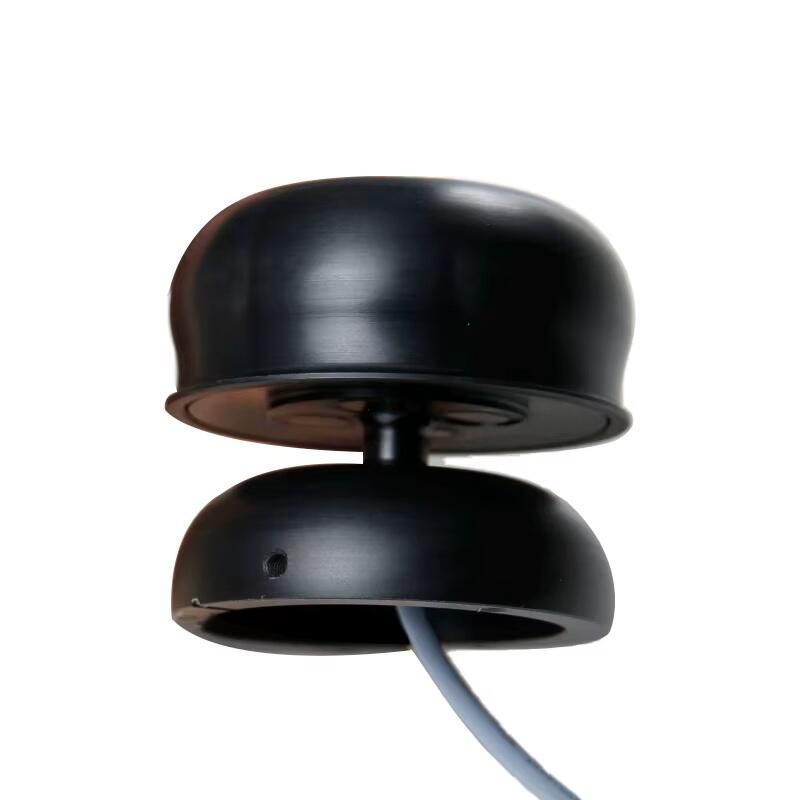As technology moves forward when it comes to weather monitoring, a quiet revolution is going on how we measure the air pattern. Traditional Mechanical Cup anemometers, which were common for air measurements, are now being replaced by state-of-the-art ultrasonic sensors at contemporary weather stations. This change exceeds a technological upgradation; It is changing the accuracy, credibility and capabilities of environmental monitoring systems worldwide.
Types of Wind Sensors
The conical or rotating cup of the mechanical wind cup anemometer, with specific cup in speed, has been used for wind measurements for generations. These devices work on primary mechanical phenomena, which is estimated to count the rotational speed of wind-driven cups in that technique. In contrast, ultrasonic wind sensors are at the forefront of measurement technology. Using high-melodious sound waves understand the speed of air without any physical moving parts.
Ultrasonic Wind Sensors vs. Mechanical Wind Sensors
Comparison of these two technologies shows fundamental differences in operation and performance. Mechanical anemometers use physical movement to determine wind giving them inherent limitations such as starting thresholds, friction errors and mechanical wear. The moving components of these types of compressors are vulnerable to icing, dust buildup and bearing deterioration with time. Ultrasonic sensors on the other hand determine wind when it determines how sound waves alter due to movement of air between a constant fixed transducers. This solid state way of doing things gains no inertia, so can react instantaneously to changes in wind and register delicate variations not registered by mechanical sensors.
Advantages of Ultrasonic Wind Sensors
The ultrasonic technology has a number of attractive advantages which justify its mounting popularity. Without moving parts and a requirement for almost no maintenance whatsoever, these sensors are protected against the wear-and-tear bugbear of all mechanical designs. Their quick turnover of observations measures lightning-quick wind changing and gust patterns which are commonly smoothed or missed by mechanical sensors. A large number of contemporary ultrasonic sensors include self-diagnostic functions and automatic heating systems to guarantee proper work in freezing conditions. Several modern types can perform concurrent measurements of other indications such as temperature and humidity, giving a full environmental picture with a single compact device. These features come together to generate a measurement solution with outstanding levels of reliability and data quality in almost every operation environment.
Role of Ultrasonic Wind Sensors in Modern Weather Stations
Modern weather monitoring system is tending toward more ultrasonic sensor for major wind measurement. Their digital construction allows for easy integration with the modern data acquisition systems to provide live monitoring and diagnosing capabilities, remotely. Those manufacturers who specialize in these sensors design them for networked weather stations with standardized communication protocols that make for a much easier system integration. The benefits of ultrasonic measurements, especially high accuracy and reliability, are particularly important for unsupervised long-term automated weather stations. Some of the more advanced installations employ arrays of ultrasonic sensors to develop accurate wind profiles, and to note variations in microclimate that would be too subtle to register on traditional cup anemometers.
Applications of Ultrasonic Wind Sensors in Various Fields
The special features of ultrasonic wind sensors have facilitated their application in many industries. For renewable energy they are essential information for optimization of wind farms and wind turbine control systems. They are applied to optimize irrigation and the application of pesticide using accurate wind conditions by smart agriculture applications. Aviation Weather systems depend on their accuracy to provide airport wind shear detection and runways safety monitoring. Specialized applications will be such as structural health monitoring of bridges and tall buildings for which the knowledge of the wind loads is critical for safety. Some manufacturers have gone ahead to design marine grade ultrasonic sensor for off shore installations, a sure indication that the technology can be applied in all working domains. As these applications extend, ultrasonic sensors are increasingly the preferred application in any scenario that will need precision and accurate wind measurements.
Conclusion
Some manufacturers are going even further and are playing on the edge introducing these sensors into IoT platforms and advanced analytics to develop even smarter monitoring systems. As digital revolution in environmental monitoring continues, ultrasonic wind sensors are set to become the new standard allowing seeing the wind behavior where mechanical versions were simply impossible. Such a development in the technology of measuring is allowing more accurate weather forecasts, more productive renewable energy generation, and smarter decisions on a wide range of industries that require fine-grained wind data.

 EN
EN
 AR
AR
 BG
BG
 HR
HR
 FR
FR
 JA
JA
 KO
KO
 PT
PT
 RU
RU
 ES
ES
 ID
ID
 VI
VI
 TH
TH





